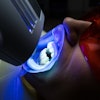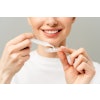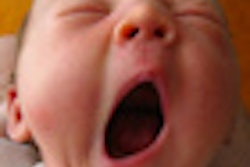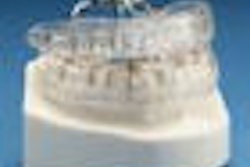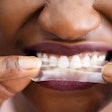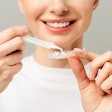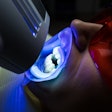Children with enlarged tonsils and adenoids who wore an oral appliance for six months had better craniofacial growth, enlargement of pharyngeal dimensions, and improved breathing and snoring during sleep, according to research presented June 11 at the American Academy of Dental Sleep Medicine (AADSM) annual meeting in Minneapolis.
Enlarged tonsils and dental malocclusion are related to sleep disturbances in children. Its consequences can include abnormalities of craniofacial growth and facial morphology more suitable to the development of obstructive sleep apnea.
The study included 40 children, ages 6 to 9, who were waiting to get adenotonsillectomies at the University of São Paulo Medical School in Brazil. All presented with snoring, tonsil and adenoid enlargement grades III and IV, and dental malocclusion. Patients were divided into two randomized groups: 24 patients were treated with the Bioajusta X dental appliance, and 16 were in the control group.
Researchers evaluated the craniofacial growth in children with enlarged tonsils and adenoids after dental appliance treatment, and also compared the prevalence of snoring before and after treatment.
"The primary finding of the study was the positive influence of this treatment on snoring in children with enlarged tonsils and adenoids and narrow maxillary arch," stated principal investigator Walter Nunes Jr., DDS, of the otolaryngology department at the University of São Paulo Medical School, in a press release.
"This method of treatment acted on the normalization of the respiratory function and sleep, which reflected positively on the quality of life of those children and their families, and also resulted in a better pattern of craniofacial growth," Dr. Nunes said. "This normalization on the growth pattern may possibly reduce the incidence of obstructive sleep apnea in the future."
Cephalometric analysis was used to access the growth direction, comparing the vertical jaw relationship according to the angle of the palatal plane with the mandibular plane. The parents filled out a questionnaire about respiratory symptoms. After six months, the children were re-evaluated and the results compared.


